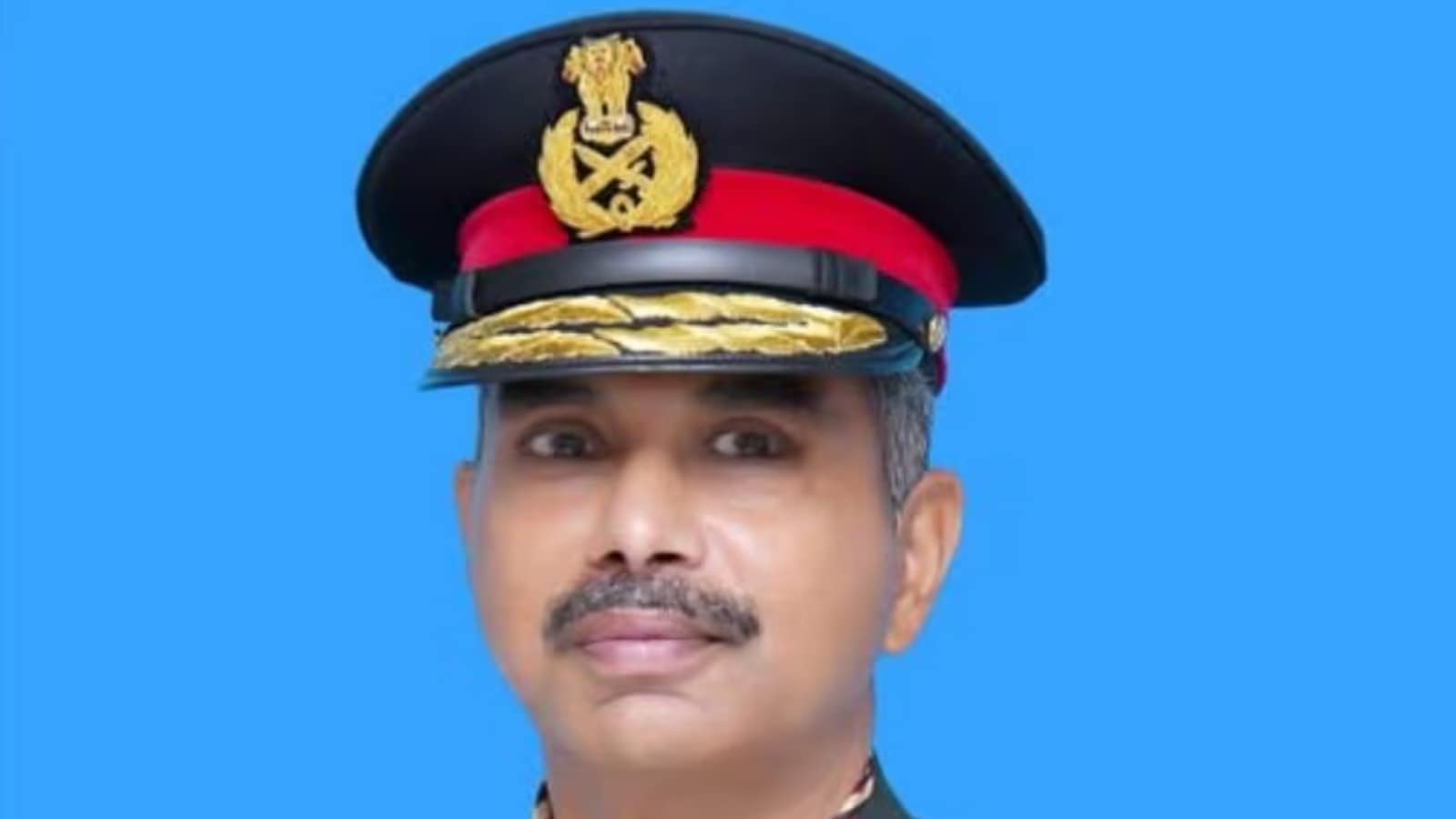The Tamil Nadu Arasu Cable TV (TACTV) Corporation Limited, a State government-owned cable television distribution network, had faced criticism recently for allegedly “blocking” the telecast of Puthiya Thalaimurai, a Tamil news channel, on its network. Such measures to curb the TV news channels had been taken by different regimes in the past as well.
Against this backdrop, it would be worthwhile to examine the long and complex history of the State’s foray into cable television broadcasting. When the cable TV boom happened in the 1990s, post-globalisation, the Multi-System Operator (MSO) business was dominated by businessmen with political backing, whose fortunes swung depending on which party was in power.
The idea of bringing order to Tamil Nadu’s cable television sector first took shape during the 2001-2006 AIADMK regime. In May 2002, the Assembly passed the Tamil Nadu Exhibition Television Screen through Multi-System Operations, Video Cassette Recorder and Cable Television Network (Regulation) Bill. Chief Minister Jayalalithaa had then pointed out there was no effective regulatory mechanism, leading to a virtual monopoly by a particular network.
This policy intervention was widely seen as an attempt to end the domination of a few large MSOs, particularly Sumangali Cable Vision, a Sun Network company. However, when the Bill was sent to the President for approval, it was returned on constitutional grounds. An archival report in The Hindu quoted the remarks: “The subject ‘Broadcasting and other forms of communications’ is contained in Entry 31 of List 1 of the Seventh Schedule of the Constitution, on which the Union has exclusive powers to make laws.”
Towards the end of its tenure, the Jayalalithaa government renewed its effort by proposing the nationalisation of the cable TV business. The move, it said, would set right the deficiencies and faults in the service offered by private operators. In January 2006, it introduced the Tamil Nadu Acquisition, Transfer and Taking Over of the Administration of Cable Television Network (Including Multiple Service Optical Transport System) Bill, citing several complaints about poor services and exorbitant charges.
When the Bill was tabled, it triggered heated debates between the treasury and opposition benches over the State’s power to legislate on the subject. Jayalalithaa asserted in the Assembly that the State had complete authority to acquire MSOs and their assets. But the move met the same fate. In April 2006, Governor Surjit Singh Barnala returned the Bill, observing that the powers to legislate on broadcasting lay with the Centre. Soon after, in June 2006, the newly elected DMK government headed by M Karunanidhi decided to withdraw the legislation.
However, a year later, the Karunanidhi government announced the formation of the Arasu Cable TV Corporation, registered under the Companies Act, 1956, aimed at providing high-quality cable signals to the public at an affordable cost. The entity was incorporated on October 4, 2007. To fulfil its objective, digital head ends were set up at Thanjavur, Coimbatore, Tirunelveli, and Vellore at an estimated cost of ₹8 crore each.
This move by Chief Minister Karunanidhi, incidentally, came against the backdrop of a fallout he and his family had had with the Kalanithi (Sun Network) and Dayanidhi Maran brothers.
Despite the initial enthusiasm, operations came to a halt within two years, leaving the project defunct. Prior to this, there was a patch-up and reunion in the Karunanidhi’s extended family.
When the AIADMK returned to power in May 2011, it decided to revive the defunct network. The four digital head ends were restored, and analog head ends in 27 districts, offered by private operators on a rental basis, were brought under the government’s control. On September 2, 2011, Chief Minister Jayalalithaa launched, through video conferencing from the Secretariat in Chennai, the services of what was renamed Tamil Nadu Arasu Cable Television (TACTV) Corporation Limited, covering all districts except Chennai.
According to The Hindu’s report the next day, Jayalalithaa had remarked that “one family had reaped enormous profits by monopolising cable TV operations.” She announced the new corporation would offer services at nominal rates. Cable operators were to collect ₹70 from subscribers per month, out of which ₹20 was to be remitted to the government. A total of 90 channels were initially offered, and officials said more would be added once negotiations with pay channels were completed.
At the time of its launch, the potential revenue for the State was estimated at ₹60 crore a month. Nearly 34,000 local cable operators and MSOs applied for enrolment with the corporation. Yet, challenges surfaced within weeks. A section of cable TV operators complained that popular pay channels were missing, leading subscribers to shift to Direct-to-Home (DTH) services. They demanded the inclusion of popular channels to retain customers.
Ten months after the launch, popular channels of the Sun TV Network were added to the TACTV network. In September 2012, a year after its revival, TACTV decided to introduce digital services in the Chennai Metropolitan Area, targeting two million subscribers. The decision followed the Centre’s directive to complete the digitisation of cable networks by October 31 that year. However, TACTV faced hurdles in implementing the Digital Addressable System (DAS) and obtaining a licence from the Ministry of Information and Broadcasting. Chief Minister Jayalalithaa wrote multiple letters to successive governments, both UPA and NDA, at the Centre, urging them to expedite the approval.
According to an official document, TACTV had applied for the DAS licence for the Chennai Metro Area on July 5, 2012, and for the rest of Tamil Nadu on November 23, 2012. It was only on April 17, 2017, that the Centre granted the licence, allowing the corporation to provide digital cable TV services across the State. Meanwhile, complaints about overcharging by local operators prompted the corporation to issue orders making it mandatory for operators to provide serial-numbered receipts supplied by the government whenever they collected subscriptions. This measure was intended to bring transparency and accountability to the system.
In September 2017, Chief Minister Edappadi K. Palaniswami launched the distribution of free set-top boxes to TACTV subscribers to ensure high-quality digital signals at affordable rates. Various channel packages were also introduced to give customers more choice.
Over the years, the corporation stabilised its operations and sustained its mission of providing inexpensive cable services. According to the policy note of the Department of Information Technology and Digital Services for 2025–26, TACTV’s subscription cost of ₹140 (excluding taxes) included 229 channels and remained the lowest cable TV rate in the country. Currently, the corporation, with a digital subscriber base of around 14.12 lakh users, is providing cable services besides other services, including e-seva.
However, satellite television news channels have periodically complained about intervention by the government of the day in telecast of news, which is either seen as critical of the dispensation or favourable to its political rivals. Failure to positively respond to such interventions have on and off led to the channel’s blackout or downgrading in the serial order, affecting TRP ratings.
.png)
 3 hours ago
2
3 hours ago
2







 English (US) ·
English (US) ·